Experience | key points for planting potted lilies

Key points of potted lily planting
Every year, there are lily producers who do not use cold storage to take root, resulting in products that are too short and buds too small to sell, so they complain about the poor quality of the bulbs, which is completely wrong. Plants are like people, for the living environment, they have the most basic requirements, we must meet. What is noteworthy in the production of potted lilies?
To plant lily bulbs, there must be a low temperature rooting period of 3 to 4 weeks, and the rooting temperature is 9 ℃. Every potted lily grower must find ways to do this, which is the basic requirement of whether lily planting is successful or not.
If there is no low temperature rooting period, the root system of lily can not grow normally and fully. If there are not enough roots, in the long process of growth, lilies will have poor resistance to disease and bad weather, showing that plants are short, easy to drop leaves and buds, buds are easy to deform, and so on. Once these problems arise, there is no way to solve them at a later stage.
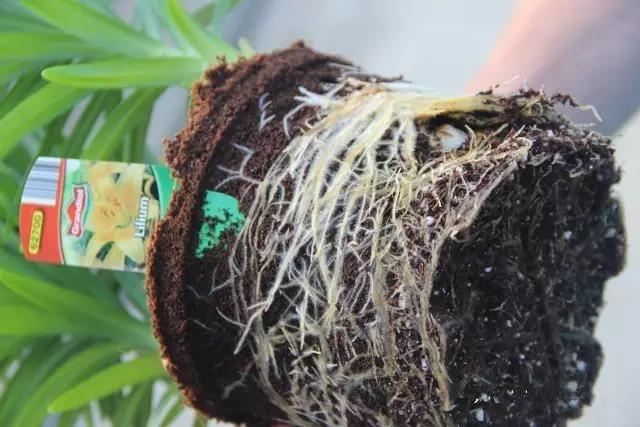
For lilies, cold storage rooting is especially important when planting in summer. July to September is usually the hottest season. Without cold storage rooting, qualified products cannot be produced, not only in China. This is what high-quality lily producers around the world do. Many growers are reluctant to build cold storage because of the cost, so it is recommended to give up producing lilies in the hot season, because the quality will not be good. At the same time, rooting in cold storage can effectively control the florescence.
For the production of potted lilies, in addition to the necessary rooting in cold storage, the second key point is to use imported peat, coconut shell, perlite and other mixed substrates, generally 50% imported crude peat + 30% coconut shell + 20% perlite. Because the soil of potted lilies is in the basin, the substrate needs to have good permeability, and the space of a single substrate is very limited.
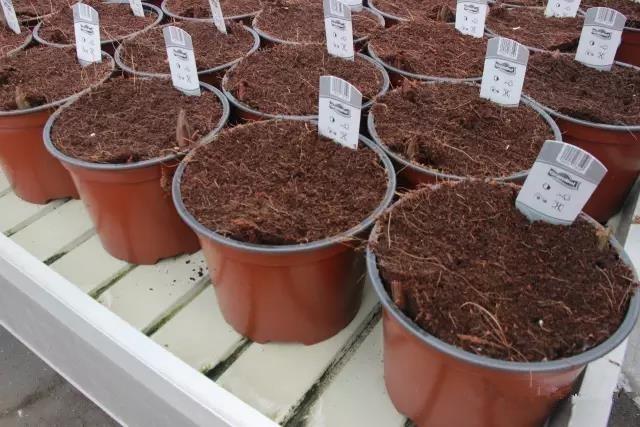
The most suitable temperature for lily growth is 14 ℃ to 16 ℃. Efforts must be made to keep the ambient temperature close to the above temperature, shade and adequate ventilation in summer. In the coldest winter, the temperature should not be lower than 8 ℃, especially for pink varieties, when the temperature is less than 8 ℃, leaves will fall; white and yellow varieties have better cold tolerance and can withstand 5 ℃ or even 2 ℃. But lilies are more afraid of heat, as long as the temperature exceeds 25 ℃, there will be root rot, fallen leaves, plant death and so on.
Lilies can be divided into oriental lilies, OT lilies, Asian lilies and LA hybrid lilies. Many people think that all lily varieties have the same time from planting to flowering. Oriental lily and OT lily spend twice as much time from planting to flowering as Asian lily and LA hybrid lily. More importantly, Asian lilies and LA hybrid lilies have no fragrance.
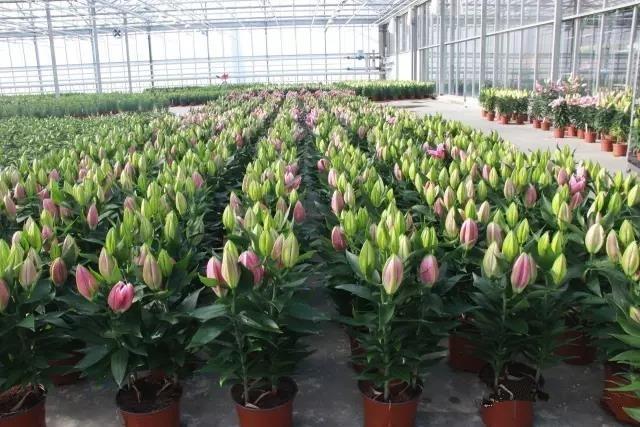
The time from planting to flowering varies from planting to flowering in different planting periods. It takes 90 to 120 days for the lily to blossom on October 1 and 60 to 75 days for the same variety in June. Because the temperature in winter is low, the sunshine hours are short, the temperature in summer is high, and the sunshine hours are twice as many as in winter.
The freshest bulbs have more vitality and more buds. Dutch seed balls are harvested in December every year, and January of the second year is the earliest seed to arrive. Therefore, the bulbs planted in January have stronger vitality and more buds. If the same batch of bulbs are planted in September, the average number of buds will be reduced by 1 to 2, and the growth is not as good as in January. Therefore, small bulbs can be used in early planting, and large bulbs are recommended for late planting, such as September to October.
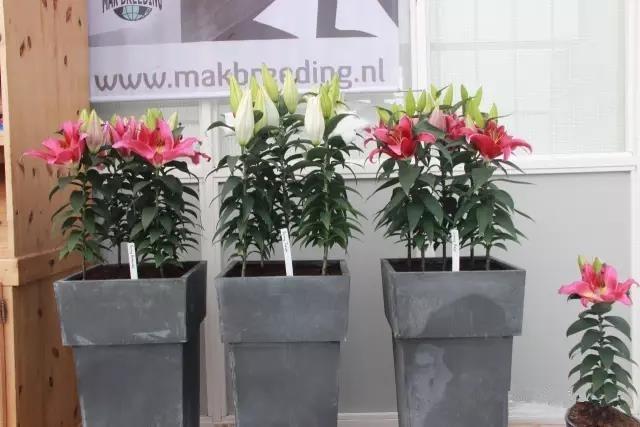
If more than one plant is planted in each pot, it is recommended to plant after budding, which can ensure the uniformity of plant height in the basin and have a better ornamental effect.
Attached: table of planting depth of general bulb root
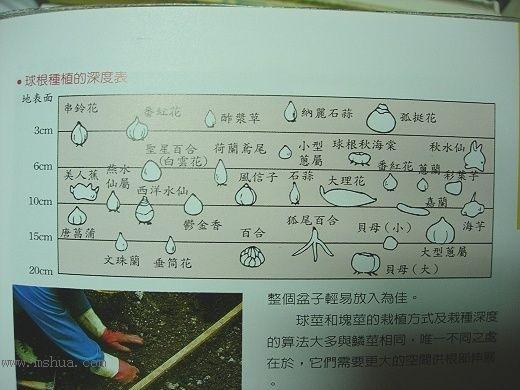
Source: Zanghua Pavilion Forum
Author: Metasequoia glyptostroboides
- Prev

Skills and matters needing attention in planting peony
Peony is a kind of valuable ornamental and medicinal plant, which needs strict cultivation technical conditions.
- Next
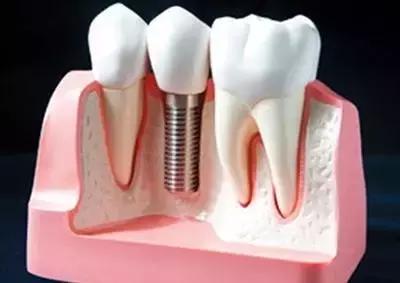
What are dental implants afraid of? Afraid of pathological changes!
"my mother has almost lost all her teeth. I want to give her a dental implant, but I've heard that there will be complications. Is that true? "what on earth is an implant tooth? Is it safe or not?
Related
- Fuxing push coffee new agricultural production and marketing class: lack of small-scale processing plants
- Jujube rice field leisure farm deep ploughing Yilan for five years to create a space for organic food and play
- Nongyu Farm-A trial of organic papaya for brave women with advanced technology
- Four points for attention in the prevention and control of diseases and insect pests of edible fungi
- How to add nutrient solution to Edible Fungi
- Is there any good way to control edible fungus mites?
- Open Inoculation Technology of Edible Fungi
- Is there any clever way to use fertilizer for edible fungus in winter?
- What agents are used to kill the pathogens of edible fungi in the mushroom shed?
- Rapid drying of Edible Fungi

